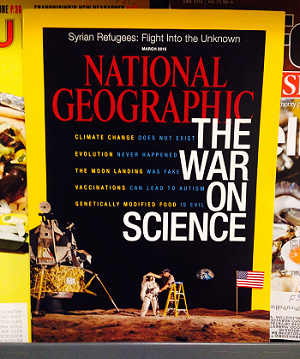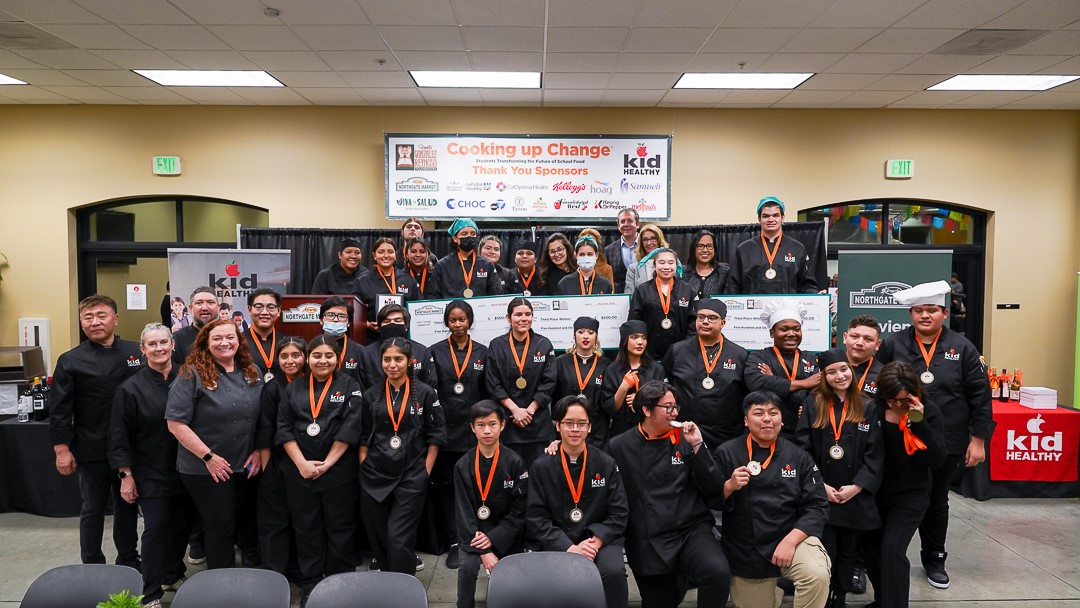By: David Fikes, Vice President, Consumer/Community Affairs and Communication, Food Marketing Institute

Once upon a time, the primary questions floating through consumer’s minds as they walked the supermarket aisles were things like: How much does this cost? Is it easy to make? And If I buy it and make it, will they eat it?
Now the list of questions consumers are considering as they shop has grown longer than some of their grocery lists. The three primary concerns of cost, convenience and taste remain, but now added to them are considerations such as: Is it healthy? Was it locally produced? Does it contain genetically modified ingredients? Is this product environmentally sustainable? Does it contain allergens? Was the animal humanely treated and how was it housed? Were growth promotants used? Is it safe? And the list goes on.
To fully comprehend and appreciate the answers to many of these concerns, the customer has to have a pretty healthy understanding of science. Here is where a complicated situation gets made infinitely more complex. The words gracing the cover of the March issue of National Geographic, tell it all, “The War on Science.” The supporting article elaborates how there is a growing skepticism about science and a deepening polarization between those who are willing to have their opinions shaped by scientific findings and those who cling to the convictions of their tribe – their circle of family and friends– even if most scientists do not concur. The fundamental question is “Who do you trust?” And findings indicate that people trust the information they get from family and friends—as it is more accessible, usually requires less work to understand, and assent reinforces the highly motivating need to “fit it.” Couple all that with the fact that the internet will always provide some opinion that substantiates the tribe’s bias and it becomes hard to counter an emotionally held, tribally reinforced conviction. On the other hand, a scientific position can be counter-intuitive–might go against perception—and usually requires time and effort to understand the contributing complexities and details.
So, what is a food retailer to do in helping the customer get the honest answers they want to the questions they are asking? Silence on the science is not the answer, but powerfully leading with it is a sure fire way to send the skeptics running to another place. Getting the scientific data into relatable terms that the customer can understand and that support values they cherish is a really good start. We all want to know and share things that make us look good – like a better informed parent, a more caring human being or a smarter shopper. As a trusted partner in the minds of most customers the food retailer is in a prime position to help bridge the divide between the skeptic and the science believer. By virtue of the relationship we have with the customer, we can be a trusted source of reliable information. Our approach to food, safety, nutrition, sustainability and choice must be science-based, but we must approach it as a member of their tribe, who share their values and want to help them look and feel better.


 Industry Topics address your specific area of expertise with resources, reports, events and more.
Industry Topics address your specific area of expertise with resources, reports, events and more.
 Our Research covers consumer behavior and retail operation benchmarks so you can make informed business decisions.
Our Research covers consumer behavior and retail operation benchmarks so you can make informed business decisions.
 Events and Education including online and in-person help you advance your food retail career.
Events and Education including online and in-person help you advance your food retail career.
 Food Safety training, resources and guidance that help you create a company food safety culture.
Food Safety training, resources and guidance that help you create a company food safety culture.
 Government Affairs work — federal and state — on the latest food industry policy, regulatory and legislative issues.
Government Affairs work — federal and state — on the latest food industry policy, regulatory and legislative issues.
 Get Involved. From industry awards to newsletters and committees, these resources help you take advantage of your membership.
Get Involved. From industry awards to newsletters and committees, these resources help you take advantage of your membership.
 Best practices, guidance documents, infographics, signage and more for the food industry on the COVID-19 pandemic.
Best practices, guidance documents, infographics, signage and more for the food industry on the COVID-19 pandemic.
